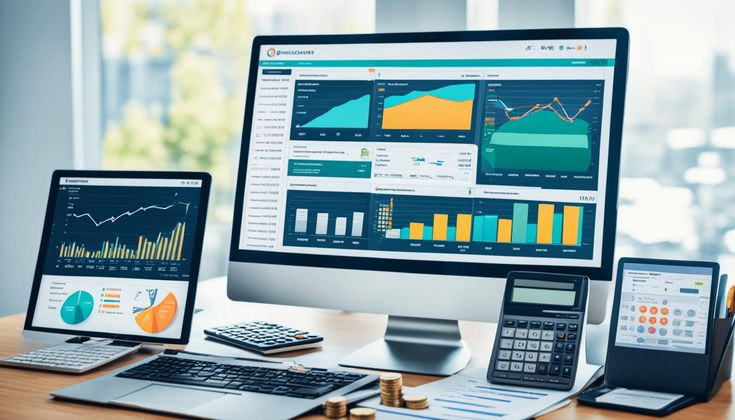Despite looming global trade tensions, the Philippines is holding its ground as one of Southeast Asia’s top-performing economies in 2025, according to the latest Asian Development Bank (ADB) report. The country’s gross domestic product (GDP) is projected to expand by 6% this year, underlining continued strength in domestic demand, investment, and services.
Released just ahead of anticipated tariff announcements by the Trump administration, the ADB’s updated outlook highlights the Philippines' robust fundamentals and its ability to weather external uncertainties better than many of its neighbors.
“The Philippine economy continues to demonstrate strong momentum, driven by solid macroeconomic management and rising infrastructure investments,” said ADB Country Director Pavit Ramachandran. “Even as global conditions shift, we see the country maintaining a steady course.”
Domestic Strength as a Buffer
The ADB emphasized that the Philippines’ limited exposure to merchandise exports—compared to economies like Vietnam or Thailand—makes it less vulnerable to potential trade fallout from new U.S. tariffs. Instead, the country’s growth is being fueled by resilient consumer spending, expanding service sectors, and the government’s ongoing infrastructure modernization program under “Build Better More.”
Private consumption remains a key driver, bolstered by remittances from overseas Filipino workers (OFWs), a rising middle class, and sustained job creation in business process outsourcing (BPO), retail, and tourism.
Investment and Infrastructure Momentum
Public infrastructure investments have continued to inject energy into the economy, with major projects in transport, energy, and digital connectivity either underway or in the pipeline. These developments are not only boosting construction activity but also attracting private sector participation—seen as a cornerstone for long-term growth.
Foreign direct investment has also shown positive signs, with investors viewing the Philippines as a strategic alternative amid shifting global supply chains.
Eyes on External Risks
Still, economic planners remain cautious. With trade tensions heating up between major global powers, including the U.S. and China, potential ripple effects could impact regional demand and investor confidence.
The Philippine government has reiterated its commitment to maintaining macroeconomic stability through prudent fiscal management, inflation control, and targeted support for vulnerable sectors.
“We’re staying the course, but we’re not blind to the risks,” said Socioeconomic Planning Secretary Arsenio Balisacan. “Resilience is about readiness—and we’re strengthening our buffers accordingly.”
References
Balaoing, B. (2025, April 9). PH still one of Southeast Asia’s fastest-growing economies in 2025, ADB says before Trump tariffs | ABS-CBN News. ABS-CBN.




 ${ lang === 'zh' ? '中文': 'ENG' }
${ lang === 'zh' ? '中文': 'ENG' }
 ${ lang === 'zh' ? '中文': 'ENG' }
${ lang === 'zh' ? '中文': 'ENG' }


